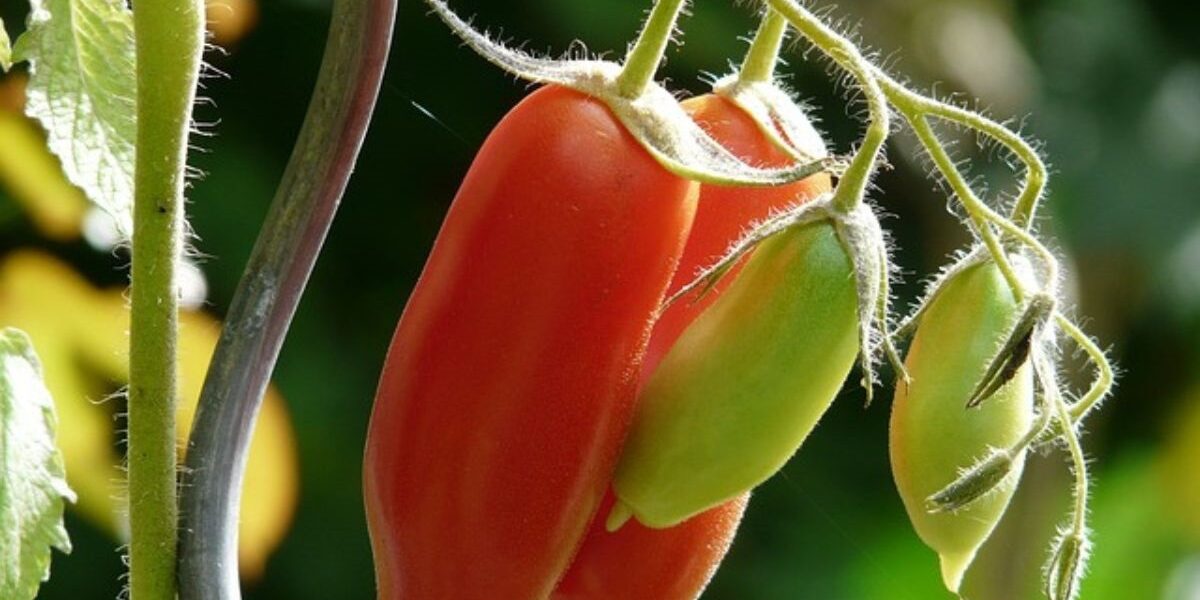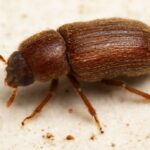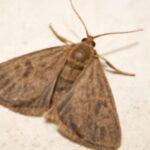How to Control Powdery Mildew in the Garden
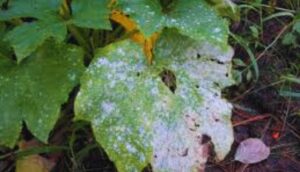
Powdery mildew is a common fungal disease that affects most garden plants, this disease can prove fatal and negatively impact the appearance of some plant species and cause significant damage reducing fruit production in the tomato plant and resulting in death if the disease persists. Favorable environmental factors influence powdery mildew such as humid, moist, and damp conditions.
Extended periods of long dry climates followed by cool nights and poor cultural practices for example installing plants too closely that encourage poor air circulation, and not providing sun-loving plants with adequate lighting. As we continue the discussion we will go more in-depth including how to treat powdery mildew along with taking preventive steps to discourage this disease.
Symptoms of Powdery Mildew
- White patches of fungal growth appear or develop on the lower surface of the leaf, if this issue is allowed to persist can cover the entire leaf.
- Purple to reddish blotches may also develop on leaves.
- The plant’s tissues can sometimes become distorted.
- Yellow leaves will become visible.
- The leaves’ edges curl upwards exposing the white Powdery fungal growth.
- Fallen leaves
- Black fungal structures that are small and round may also be visible on the leaves undersides
Powdery mildew can affect not only the leaves but also flowers, fruit, fruit stalks, petioles, and calyxes
How to Prevent Powdery
- Provide proper air circulation by avoiding crowded plants, and giving plants their proper spacing.
- Avoid overhead irrigation.
- Make sure that your plants get the right amount of sunlight.
- Choose resistant plants.
- Don’t use infected tools on healthy plants, after each pruning procedure pruners, loppers, pruning saws, and knives should be sterilized with a solution of bleach and water.
- When growing plants in greenhouses ensure there is good ventilation.
- Areas where plants are grown indoors should be well-ventilated.
How to Treat Powdery
- Remove infected plant parts.
- Apply fungicide according to the manufacturer’s directions for the best results.
- Prune dense plants to improve air circulation.
- Avoid overhead irrigation.
- Don’t fertilize infected plants until powdery mildew is brought under control because fertilizer application will encourage new growth that’s susceptible to powdery mildew.
- Don’t plant susceptible plant varieties in the shade.
- Giving Infected plants a daily washing will disrupt the spore’s cycle.
- The application of neem oil proves to be effective provided is applied at the first sign of powdery mildew.
- Potassium bicarbonate used as a fungicide will give good results, mix 1 tablespoon of potassium bicarbonate and 1/2 teaspoon of liquid soap in 1 gallon of water. Add this solution to a 32 oz spray bottle and use as the need arises.
Homemade Remedies to Treat Powdery Mildew
- Here is how to mix. dissolve 1 teaspoon of baking soda into 1 quart of water, and add a few drops of liquid soap or insecticidal soap to help the solution stick and spread to the leaves. Ivory liquid soap is ideal. Mix thoroughly, and then pour it into a 32 oz. spray bottle and apply to infected plant parts.
- Mouthwash has a positive effect when treating powdery mildew, mix one part ethanol-based mouthwash with three parts water. Add to a 32 oz spray bottle and apply to infected areas.
- Vinegar can also help to reduce the spread of powdery mildew, to make this solution mix 2-3 tablespoons of apple cider vinegar with a gallon of water, making sure that the apple cider vinegar contains 5% acetic acid. Place this solution in a 32 oz spray bottle and apply to infected areas be mindful however that too much apple cider vinegar can burn plants so be careful when applying.
- Milk is another homemade remedy that can get the job done, simply mix % 40 milk with % 60 water. Apply this mixture to the plant leaves every 10-14 days as a preventive measure.
Plants that are Resistant to Powdery Mildew
Installing these garden plants will save you the trouble of having to deal with powdery mildew.
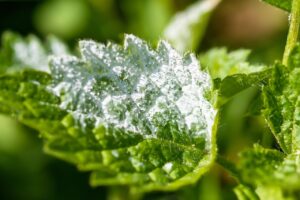
- Mountain Gordlinia.
- Garden Phlox.
- HFuji Waterfall Hydrangea,
- Itoh Peony.
- Wild Pansy.
- Profusion Zinnias.
- Largeleaf Phlox.
- Purple Coneflower.
- Kousa Dogwood.
- Blue Star Juniper.
Plants that are most Susceptible to Powdery Mildew
These are just a list of a few plants that are susceptible to powdery mildew.
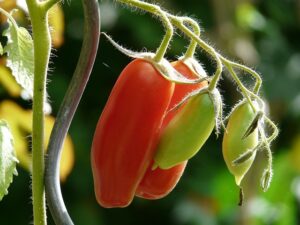
- Peppers
- Lettuce
- Grapes
- Cucumbers
- Peppers
- Zucchini
- Pumpkins
- Squash
- Potatoes
- Melons
- Parsley
- Chrysanthemums
- Begonias
- Zinnias
- Dahlias
- Sunflowers
- Roses
Additional information
Infected plant parts that are removed should not be tossed into the compost bin but sealed in a garbage bag and properly disposed of.
10 Frequently Asked Questions (FAQs)
1. What is powdery mildew, and how do I recognize it?
Powdery mildew is a fungal disease that looks like someone sprinkled baby powder on your plant’s leaves. You’ll often see white or grayish spots that start small and spread quickly, especially in warm, dry conditions.
2. Is powdery mildew harmful to my plants?
Yes, it can be. While it usually doesn’t kill the plant outright, it weakens growth, stunts blooms, and reduces yields. Left untreated, it can stress your plant and make it more vulnerable to other issues.
3. What causes powdery mildew in the garden?
Powdery mildew thrives in humid conditions with poor airflow. Crowded plants, damp mornings, and lack of sunlight are all common triggers. The fungus spreads through spores that travel by wind or water splash.
4. Can I treat powdery mildew naturally?
Definitely! Natural remedies like neem oil, baking soda spray, or diluted milk can slow or stop the spread. These options are gentle on plants and safer for organic gardening.
5. How do I make a baking soda spray for powdery mildew?
Mix 1 tablespoon of baking soda, 1/2 teaspoon of liquid dish soap, and 1 gallon of water. Spray the affected areas once a week. Avoid using it on hot, sunny days to prevent leaf burn.
6. Does neem oil work for powdery mildew?
Yes! Neem oil is a natural fungicide and can help prevent the fungus from spreading. Spray it on affected leaves every 7–10 days, and always apply in the early morning or late afternoon.
7. Can I just cut off the infected leaves?
Yes, pruning is a smart move. Carefully remove heavily infected leaves or stems, and dispose of them in the trash (not compost!). This helps prevent the mildew from spreading further.
8. Will fungicides cure powdery mildew completely?
Fungicides can control and reduce powdery mildew, but there’s no instant cure. Consistent treatment and preventive steps are key to keeping it from coming back.
9. How can I prevent powdery mildew from showing up again?
Keep your plants well-spaced to allow airflow, water at the base, and avoid overhead watering. Also, clean up dead leaves and garden debris regularly to remove any lingering spores.
10. Is powdery mildew contagious to other plants?
Yes, the spores can spread easily to nearby plants. That’s why it’s important to treat it early, quarantine heavily infected plants if possible, and clean your garden tools after use.
Conclusion
Powdery Mildew can be controlled or prevented by the use of good cultural practices, or by the installation of resistant varieties. This fungal disease can do damage to plant life if allowed to persist, if your garden plants are showing signs that are discussed it may be that you’re facing a powdery mildew issue. Quick action on your part should take place to ensure the continued health of your garden plants.

